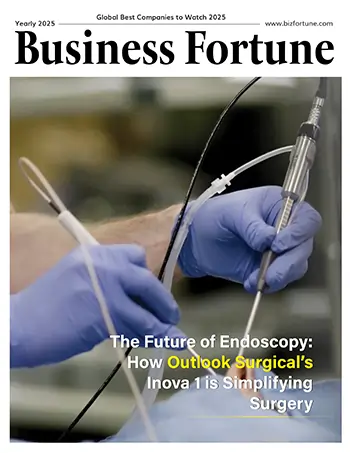Home Industry Nanotechnology Steel Balls Convert CO₂ into...
Steel Balls Convert CO₂ into Methane—No High Heat Needed
Nanotechnology

Business Fortune
12 June, 2025
A groundbreaking low-heat method using a simple ball mill converts CO₂ into methane with record efficiency, signaling a leap toward carbon-neutral fuel production.
At room temperature, a novel method has been developed to convert carbon dioxide (CO₂) to methane (CH₄), the primary component of natural gas. This procedure has historically required temperatures exceeding 300°C, which makes it expensive and energy-intensive. The new method, which merely rotates raw materials using steel balls, was recently reported in Nature Nanotechnology.
The research team declared that they had developed a mechanochemical process that effectively converts CO₂ into methane at just 65°C, under the direction of Professor Jong-Beom Baek of the School of Energy and Chemical Engineering and Professor Hankwon Lim of UNIST's Graduate School of Carbon Neutrality. This more straightforward, low-energy strategy could hasten the transition to a sustainable, carbon-neutral future.
The procedure makes use of a ball mill, a machine that holds raw materials and catalysts within tiny steel balls that are only a few millimeters in diameter. During the mill's rotation, collisions and friction activate the catalyst surfaces, trapping CO₂ and starting its reaction with hydrogen to produce methane.
With 98.8% of the reacting CO₂ turning directly into methane rather than byproducts, the researchers accomplished an astounding 99.2% conversion rate of CO₂ at this low temperature. Even at 15°C, which is below room temperature, the process maintained an 81.4% reaction participation rate and 98.8% methane selectivity, demonstrating its excellent effectiveness in continuous operation. Its potential for scalable industrial use is demonstrated by this.
The method makes use of commercially available nickel and zirconium oxide (ZrO₂) catalysts, which are extensively used in industry and reasonably priced. Zirconium oxide improves CO₂ activation, while nickel aids in the splitting of hydrogen molecules. By creating oxygen vacancies in zirconium oxide due to mechanical impacts within the ball mill, CO₂ molecules are trapped and can combine with hydrogen on the nickel catalyst to form methane.


































